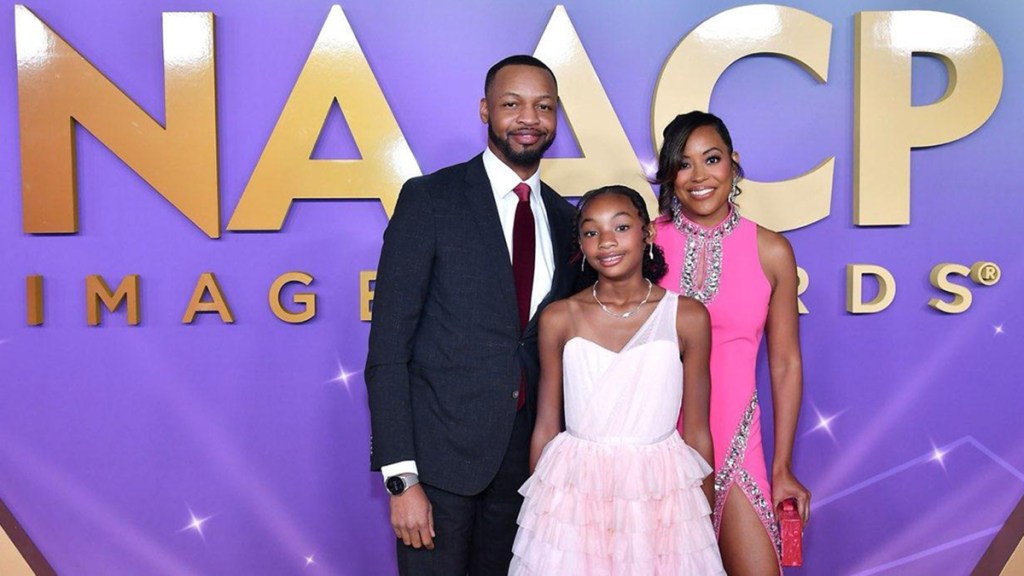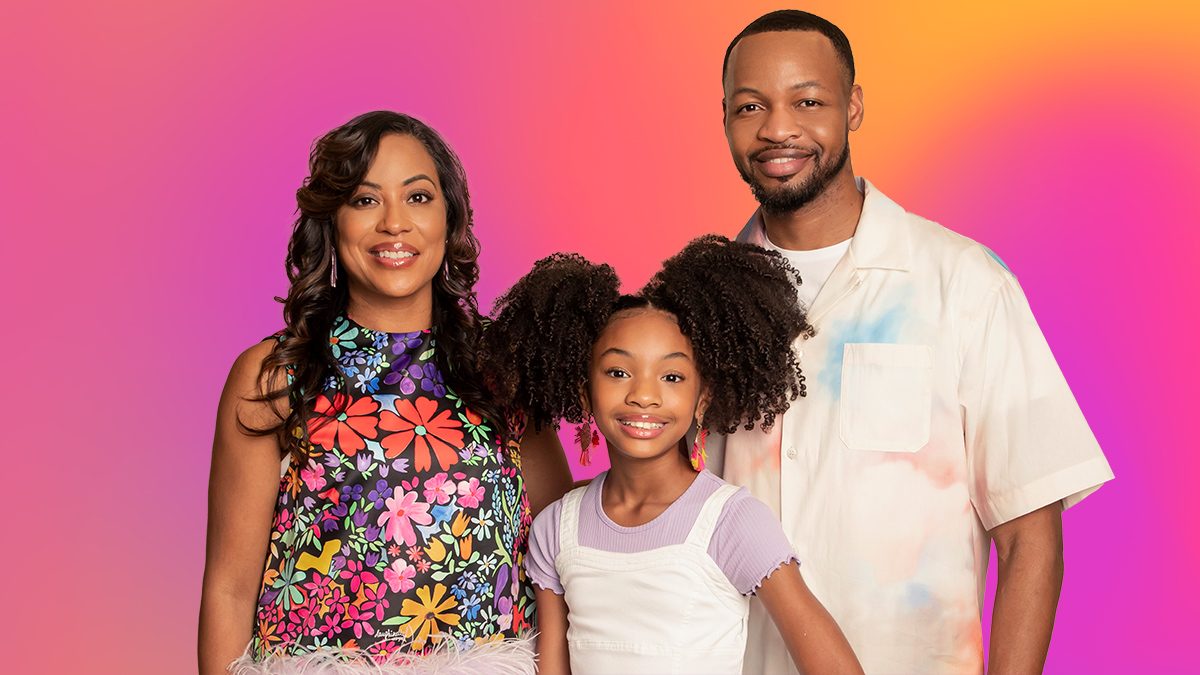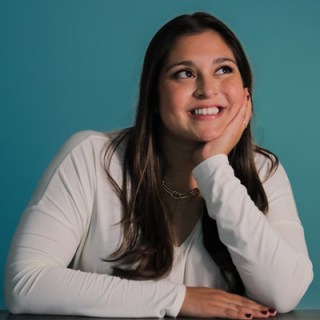Your favorite social media marketing event is headed to NYC this May 12–14! Register for Social Media Week before December 16 to lock in early-bird rates and save 50% on your pass.
The year was 2020 and while the rest of the world was grappling with a global pandemic, YouTube was having quite the year. The video platform saw the biggest growth in usage out of all the social media apps during the pandemic, with its user base growing from 73% of US adults in 2019 to 81% in 2021.
YouTube was a saving grace for adults juggling the difficult act of working, homeschooling, and caring for young children stuck indoors. But something was missing for some of the parents looking to provide ‘edutainment’ to their little ones: representation of today’s world.
Inspired by their daughter Graceyn’s passion for singing, college professors Javoris and Arlene Gordon-Hollingsworth created Gracie’s Corner as a response to the lack of Black representation in children’s media during the pandemic. Today, the ‘home project’ boasts over 4.7 million YouTube subscribers and an overall 5.4 million followers across all platforms.
The popular YouTube series covers everything from eating veggies to the beauty of natural Black hair through catchy songs produced by Gracie’s father and sung by Gracie herself. The musically talented family has received significant recognition, including the 2024 NAACP Award for Most Outstanding Children’s Program, and collaborations with artists such as Big Freedia, That Girl Lay Lay, and Snoop Dogg have broadened the series’ influence and appeal.
The Hollingsworth family sat down with ADWEEK to discuss its accidental viral success, navigating the landscape of video algorithms, and lessons for the next generation of creators.
Their words have been edited for length and clarity.
A different kind of pandemic baby
It’s 2020 and we’re in the middle of a pandemic. Like most, we’re having to juggle working from home as well as helping our children with school.
At the time, both Javoris and I were professors at universities. I also am a psychologist, so we had to work [during the pandemic]. And so, we had to find ways to keep our littlest kids entertained. We did that by doing what most people were doing—allowing our children to watch educational content. YouTube at that time was one of the easiest ways to do it because it would auto-feed the next video and then you could find longer videos.
Javoris made a discovery that the educational content for preschool children at that time wasn’t very diverse. A lot of the characters and what we had our children watching did not look like them. He said, “I don’t like that my children are watching something that they can’t see themselves in. We should do something about it.” So, he started doing the research.
The main [content] we were looking at [included] a lot of animals, nursery run channels, nothing specific. They watched a little bit of everything, but a lot of ‘everything’ at that time was falling short. A lot of these properties have gotten a little better, but the one thing we did—that a lot of them still don’t necessarily do—is make the children of color at the forefront with the core character.
We didn’t think it was going to evolve into the business operation [it is] now. When we first started, it was like a labor of love. We weren’t putting out content on a regular cadence. So, we were able to still focus on our primary jobs as university professors. But eventually things kind of took off. And then it was becoming a juggling act, and we had to make a decision—are we going to focus on the university work or focus on this channel? From an impact perspective, we saw how the channel was reaching so many more people than we could ever imagine reaching in a classroom. So [we said] Okay, this is the route.
Feeding the (content) beast
The whole model of something like YouTube—it’s going to have its ups and downs. It depends on the market. It depends on the economy on whether companies are going to be spending money on ads. And so we feel that, but I don’t think we’ve seen anything super dramatic as what those creators saw [in early 2020] who were doing children’s content before they changed all of the ad rules.
People think [being a creator] is easy. It’s a challenge. I call it ‘feeding the beast.’ If you don’t put out videos, the algorithm stops liking you. So, you do have certain expectations for production. You can’t take off two months and not make something—it’s going to be very detrimental to your platform. It’s not easy.
As a creator, especially in the digital space, there’s no true endpoint. The true endpoint is if you sell or some type of merger acquisition. But outside of that, you constantly have to be creative and think of new ideas. And as you create more and more stuff, it becomes more difficult to do it because now you’ve already done X, Y, Z. You have to find new ways to be fresh.
Gracie, you’re a star
The time I knew when we were actually making a difference and that [Gracie’s Corner] was resonating with people was [when we started receiving] text messages from friends and family who lived in different states saying, ‘Oh, I went to this birthday party, and I heard your music.’ And they were sending me videos of families on TikTok dancing. And I think that’s when I knew—okay, this is something bigger than I initially thought it was going to be.
The [first] NAACP Awards was a big moment. I saw our name amongst top production studios like Disney for The Proud Family and [other] major networks. And we were like this little family that was doing most of our production at home. To be amongst such amazing talent and people who have multi-million-dollar budgets and see us included—it was a true eye-opening moment.
This year, we ended up actually winning The Outstanding Children’s Program award. They sent the awards to our house—all three of us have one with our name on it. The crazy thing is, I don’t think it’s set in yet.

This whole journey has been a roller coaster. The main thing is identifying people that you work well with and people who are in alignment with you. That’s probably been one of the biggest lessons from this [experience]. Because if those different pieces aren’t quite right, then it really kind of impacts all other aspects of the working relationship.
In general, people will see something successful, and their mindset will be to copy that [idea] to the T and try to do it exactly the same way they do it, and then they don’t have the same results. And they’re questioning, ‘Why am I not doing as well as them? Why isn’t it rising?’ And I think it’s because we saw a need. We’ve tried to fill that need. There’s this genuineness to it. The most important thing is to be authentic. Be yourself and bring something different to the table.



